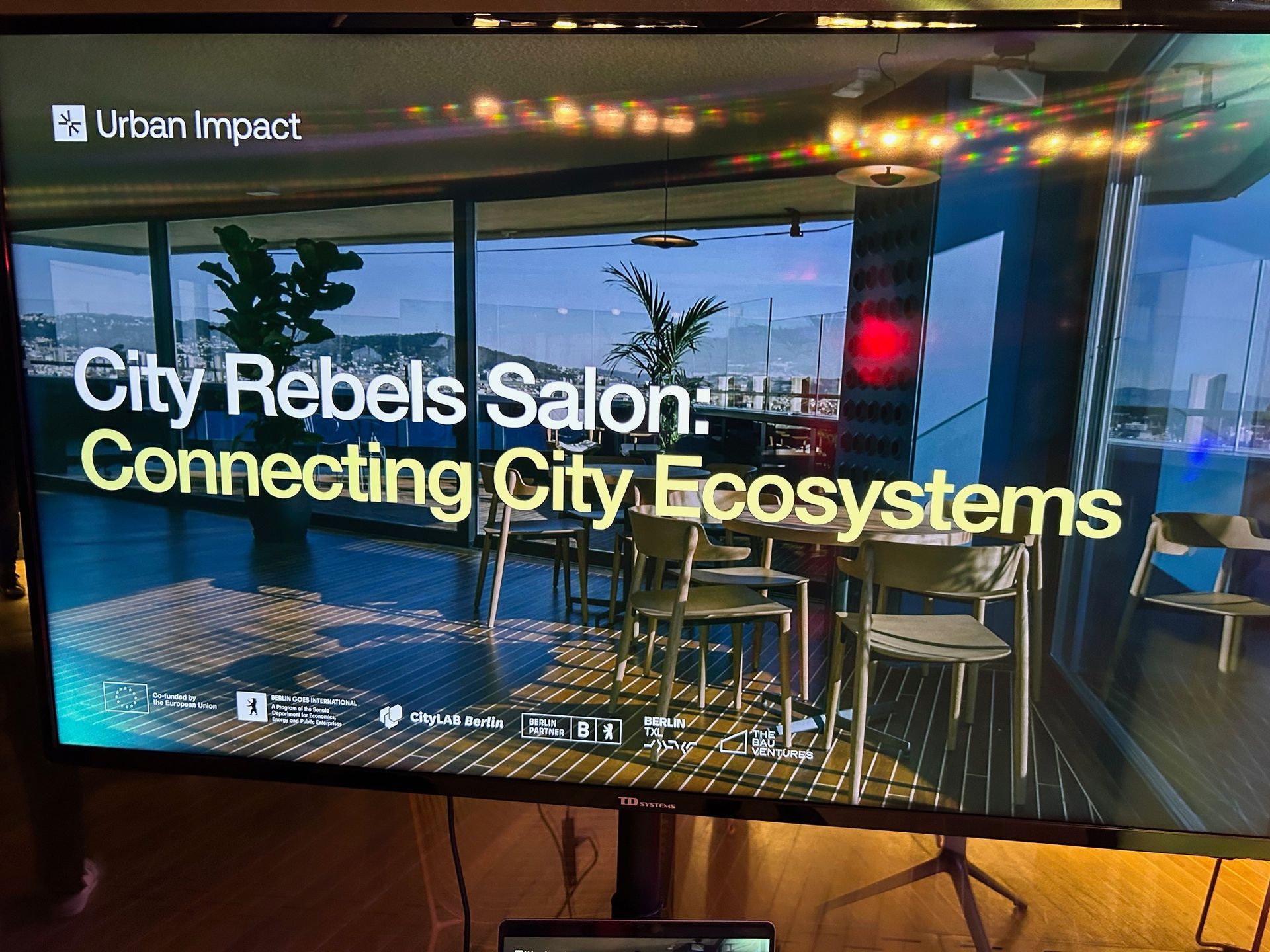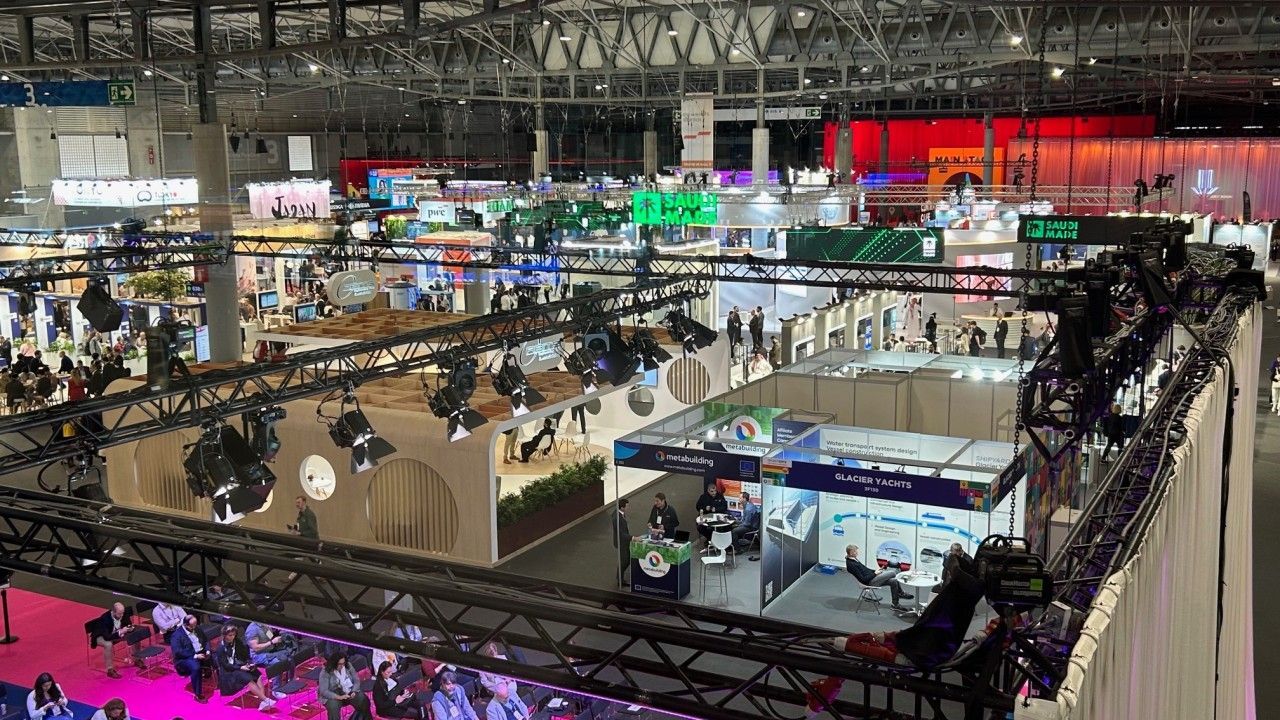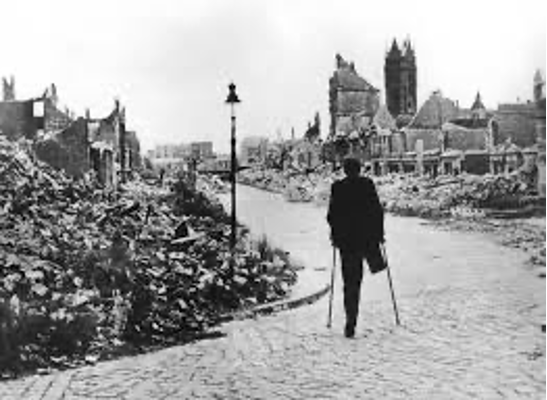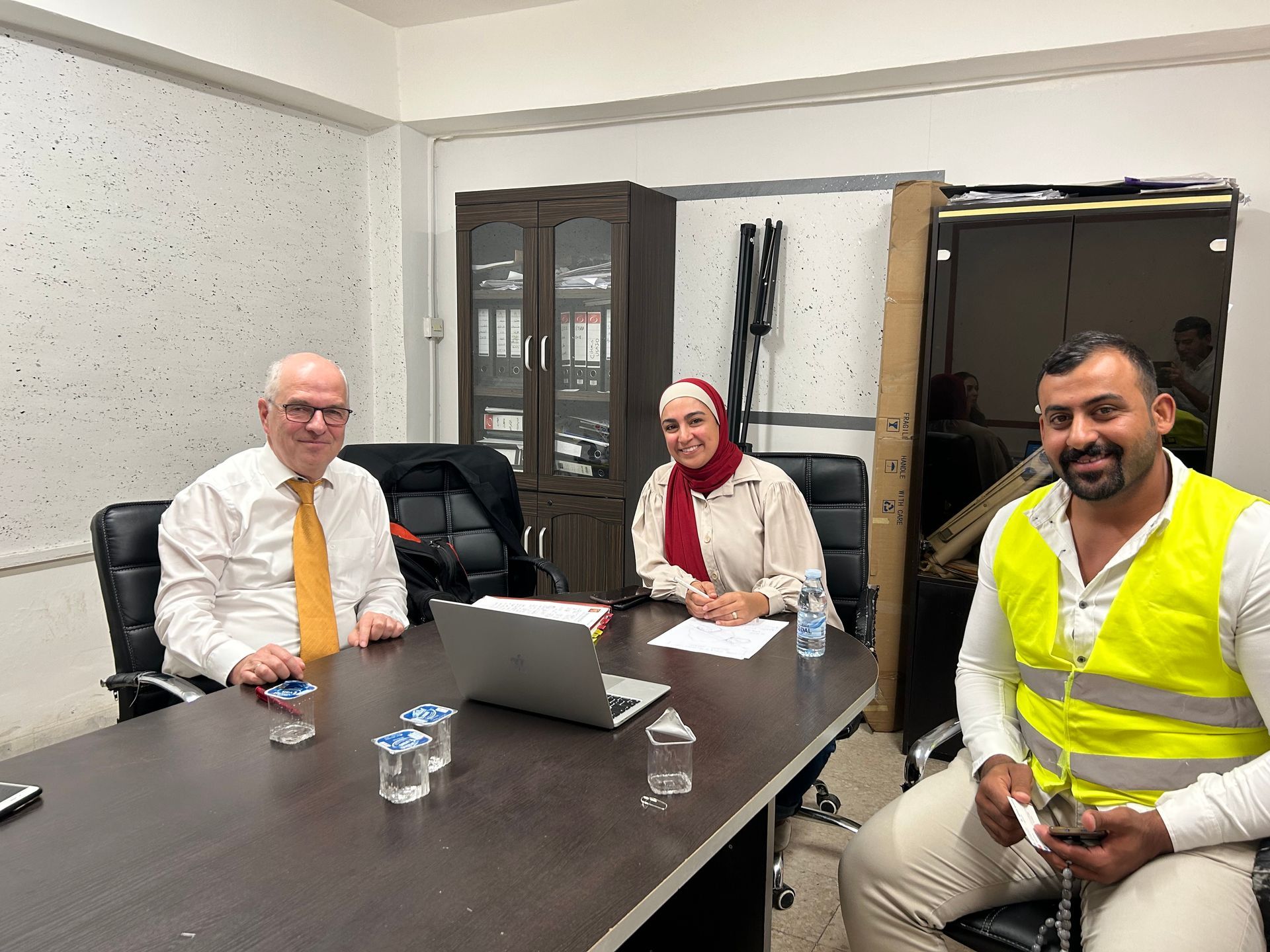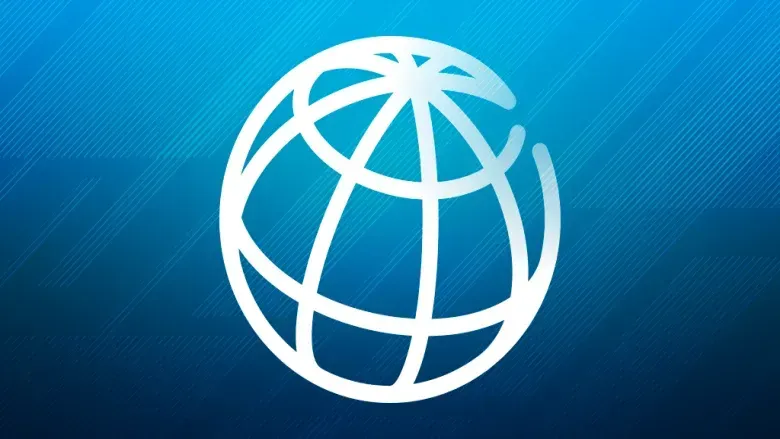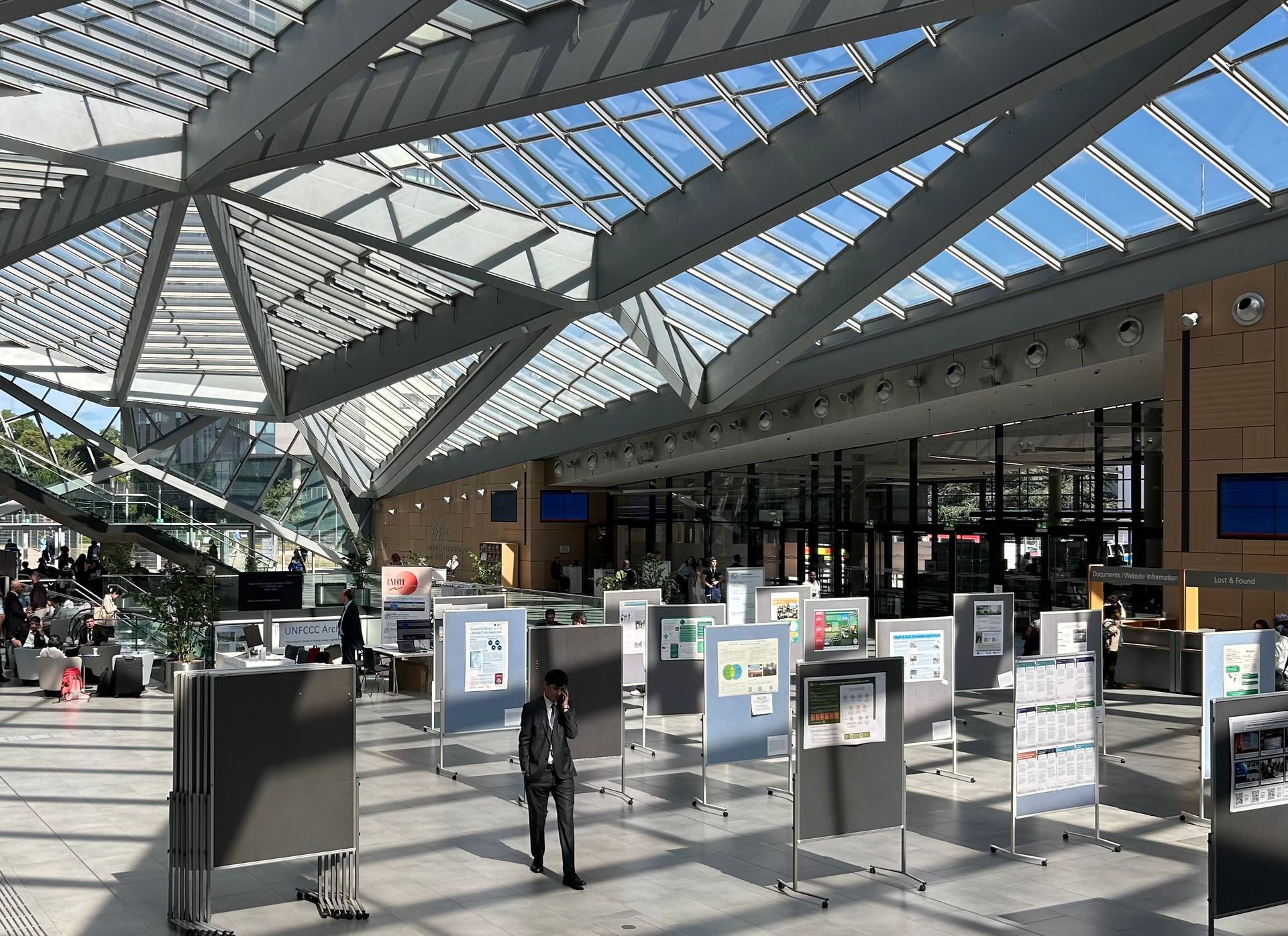Jordan: Municipal services to assist refugees and to strengthen climate and social resilience in the Kingdom

- The water, energy, and food security nexus
- The urban-transport-energy nexus
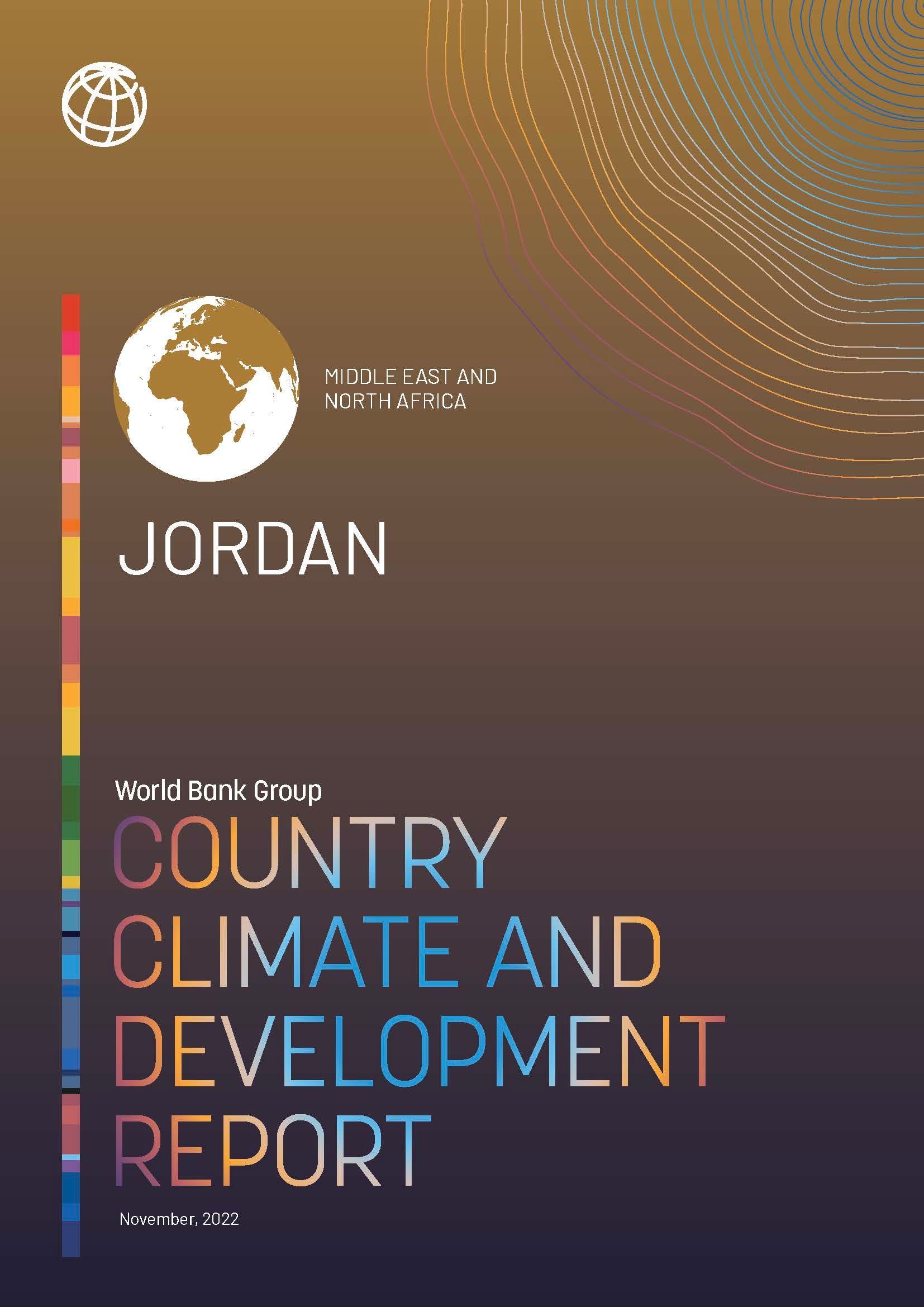
In this phase of riorientation and integration of climate resilience and good urban climate into municipal services of Jordan I am invited by the Royal Society for the Conservation of Nature (RSCN) to explore best options for climat action based on the Jordan Climate and Development Report of the World Bank. I already visited Jerash and Sahab municipalities and put the World Bank report into the local context of cities. The pathways proposed by the World Bank were confirmed by mayors and other local experts met during the visit. However, the contextualisation in front of the local situation, local diagnosis, goal formulation, definition of the necessary enabling environment and capacity building are pending tasks. The old city of Jerash with its roots going back to the Bronze Age and with its rich Greco-Roman heritage and the younger city of Sahab with its King Abdullah Industrial City hosting 400 companies have both distinctively different challenges and opportunities but both share the will to confront climate change and develop resilience while continuing the support for their refugee population fo 25-30 per cent. Of course, a lot needs to be done but it is exciting for me to support RSCN, World Bank and municipalities in this creative phase of project development.
________________________________________________________________________________
What is MSSRP?
The project’s goal is to assist both Jordanians and Syrians in finding employment. It is focused on municipalities most affected by the influx of Syrian refugees, and hopes that
general economic growth within these regions can benefit all involved.
Originally, the project was the Emergency Services and Social Adaptation Project, which was launched in 2014. It then evolved to MSSRP.
Among the sub-objectives of the project is developing infrastructure in these municipalities, such as: parks, stadiums, public spaces, green areas, street pavements, solid waste management, sewage systems, flood protection, energy efficiency measures (such as solar street lighting), and providing equipment for solid waste and other services.
The bank approved the project's initial funding in October 2013, with a grant of $52.7 million, followed by the first additional grant of $10.8 million in December 2016.
This was followed by the
second additional grant of $30 million in December 2017, and the third of $8.8 million in August 2020.
What has it achieved so far?
The total cumulative financing covered 28 Jordanian municipalities, surpassing a portfolio of over $100 million through support from multiple donors.
According to the WB, the project has contributed to improving municipal services for over 2.8 million individuals directly, with 20 percent of them being Syrian refugees and 47 percent being women.
The MSSRP has also provided over 27,400
temporary workdays, and it is expected to exceed 110,000 workdays upon project completion in summer 2024.
Source: Jordan News on 9 July 2023

Picture: Area of the Jerash municipality in Jordan
Policies and Governance for Resilient and Sustainable Cities and Regions


